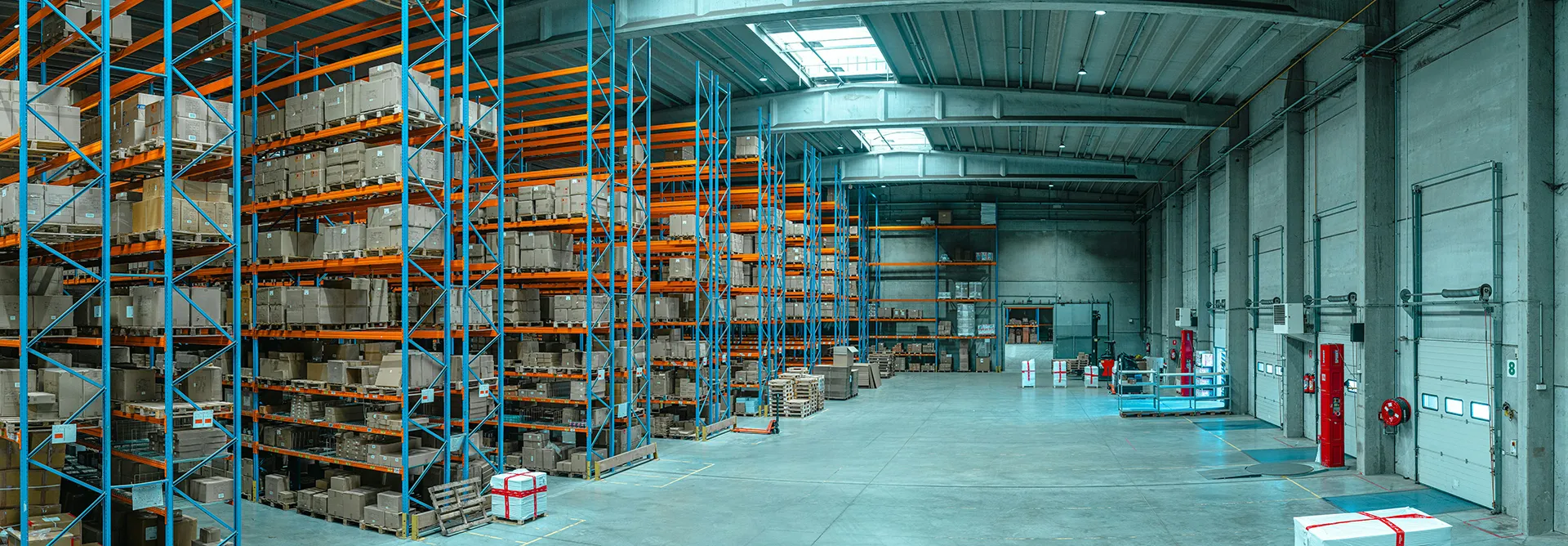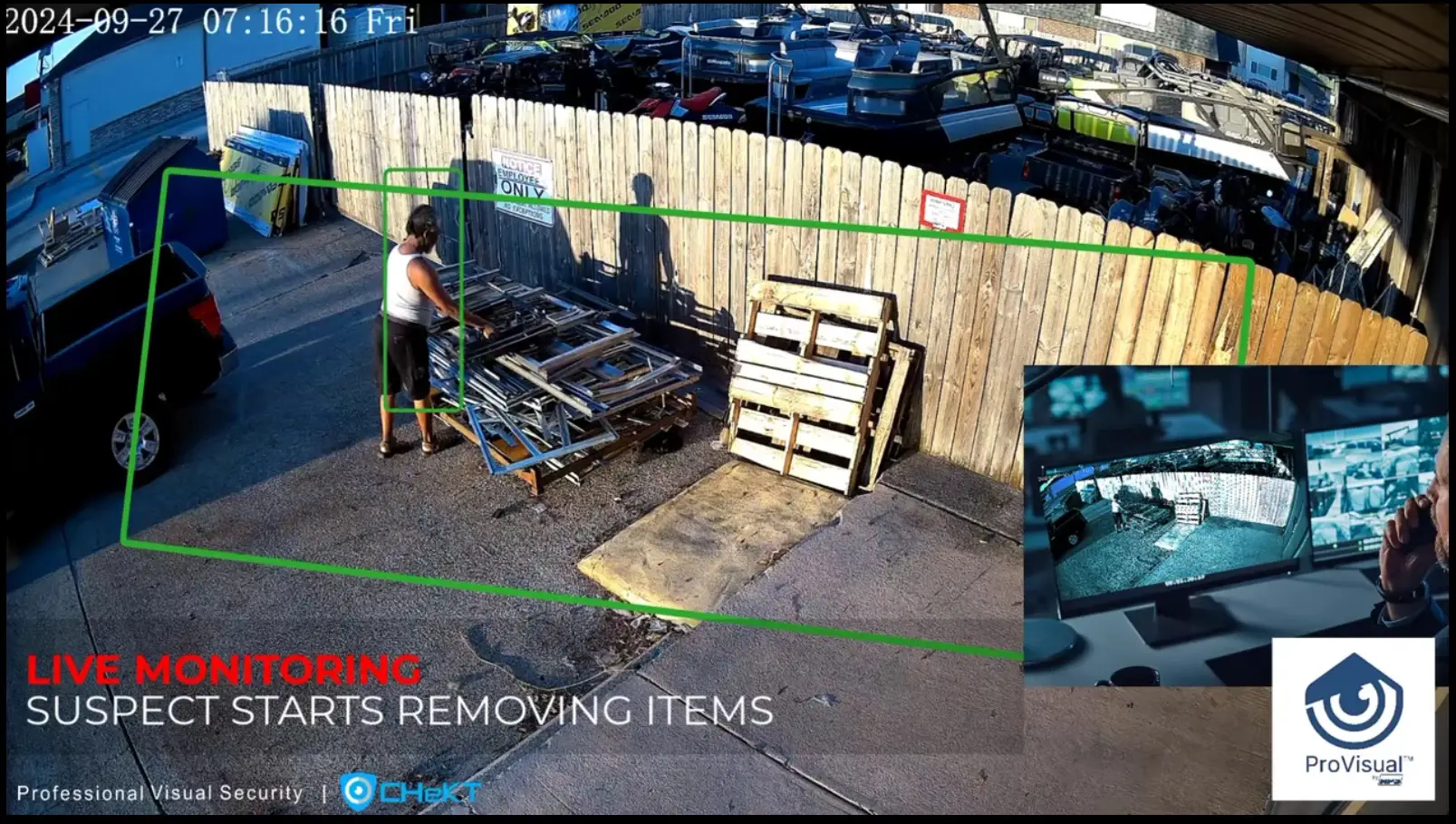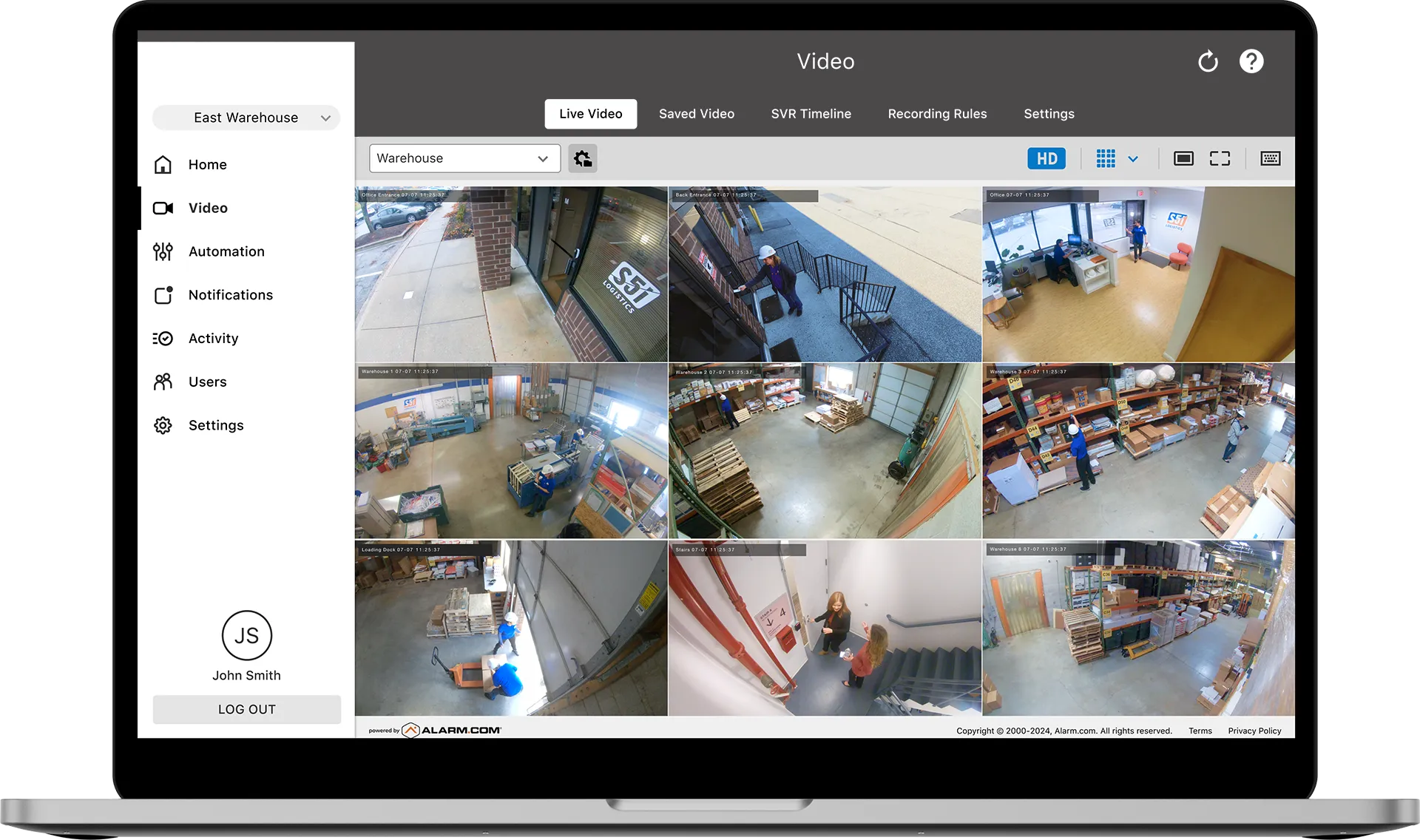In the logistics and distribution world, warehouses are at the center of operations. They are the physical spaces where inventory is stored, orders are fulfilled, and products are shipped to customers. Given the value of the assets within, securing these spaces is not just a precaution; it is a necessity. From theft prevention and operational monitoring to liability protection and employee safety, the role of surveillance systems in warehouses has expanded dramatically over the past decade.
Security cameras have become essential tools in mitigating risks associated with warehouse operations. Warehouses are frequently targeted for both internal and external theft. Whether it’s a disgruntled employee stealing merchandise or an organized group breaking in after hours, warehouses represent attractive targets due to the high volume and value of goods. Beyond theft, warehouses are also sites of potential workplace accidents, which can result in costly legal disputes and insurance claims. With the rise of automation and increasingly complex supply chains, there is also a growing need to ensure operational efficiency and safety compliance. Security systems offer not only a means of deterring and recording criminal activity but also a way to observe workflows and ensure compliance with company policies and safety standards.
Modern warehouses operate on a tight schedule, and even minor disruptions can have ripple effects throughout the supply chain. A well-integrated security system offers peace of mind by ensuring constant surveillance, timely alerts, and access to footage when incidents occur. Warehouses today must invest in systems that go beyond simple video recording. Advanced features like motion detection, license plate recognition, real-time notifications, and cloud storage have turned security systems into intelligent networks capable of both surveillance and analysis.
In light of rising threats and the growing complexity of warehouse operations, the importance of a robust and well-designed security camera system cannot be overstated. It protects inventory, shields businesses from liability, ensures the safety of employees, and serves as an indispensable tool in overall operational strategy.
Key Features to Look for in Warehouse Surveillance Systems
When choosing security cameras and systems for warehouse environments, several features come into play that go beyond the basic function of video capture. Warehouses are typically large, multi-entry buildings with varying lighting conditions, both indoors and outdoors. This makes it essential to select cameras that can deliver consistent performance across a wide range of environmental conditions.
High-resolution video is critical. In expansive warehouse spaces, detail matters. A blurry image can render a security camera useless in identifying a suspect or understanding the context of an incident. Cameras with at least 1080p HD resolution are now considered a minimum standard, though many warehouses are opting for 4K resolution for added clarity. The ability to zoom digitally or optically into specific areas of interest without significant image degradation is another important consideration.
Low-light or infrared capabilities are another feature to prioritize. Warehouses often have areas that are dimly lit or experience changes in lighting due to the time of day or energy-saving policies. Night vision and infrared sensors ensure that cameras continue to provide usable footage even in total darkness. Some advanced models also include thermal imaging, which can detect body heat and is especially useful for detecting unauthorized intrusions after hours.
The field of view is a particularly important factor given the size of most warehouses. Wide-angle lenses or PTZ (pan-tilt-zoom) cameras can cover larger areas and reduce the total number of cameras needed. PTZ cameras are especially valuable in dynamic monitoring environments where remote control of the viewing angle is required.
Integration is key to maximizing the effectiveness of a warehouse surveillance system. The best systems allow seamless integration with other security infrastructure like alarms, motion detectors, and access control systems. When an alarm is triggered, the camera system should automatically direct its focus to the area in question, record the event in high resolution, and send a real-time alert to security personnel.
Remote access has also become a must-have feature. Warehouse managers and security teams often need to monitor facilities from offsite locations. Mobile apps and web-based dashboards make it possible to check live feeds, review footage, and receive alerts without being physically present. This kind of accessibility ensures timely responses to incidents and helps maintain accountability.
Another crucial consideration is data storage. Warehouses generate a massive amount of video footage, especially if cameras are recording 24/7. Depending on the size of the operation, storage solutions can range from onsite servers to cloud-based platforms. Cloud storage offers scalability and better disaster recovery but may come with higher ongoing costs. Local storage may be more cost-effective in the long run but requires more robust infrastructure and maintenance.
Finally, durability and environmental resistance are essential, particularly for outdoor cameras. Cameras need to withstand extreme temperatures, humidity, dust, and even potential vandalism. Weatherproof and vandal-resistant models are specifically designed to endure these conditions, ensuring uninterrupted performance and minimizing maintenance costs.
Strategic Placement and System Design for Maximum Coverage
Installing a warehouse security system isn’t just about choosing the right hardware—it’s also about placing the equipment strategically and designing the system to suit the unique layout and operations of the facility. Warehouses vary widely in size, shape, and function. Some operate as high-volume e-commerce hubs with automated picking systems, while others serve as cold storage facilities or traditional bulk storage depots. Each layout and use case calls for a customized approach to surveillance.
Entrances and exits are the most obvious places for camera placement. Monitoring these areas provides a clear record of who enters and exits the facility, when, and under what circumstances. This is particularly useful in tracking employee movements and identifying unauthorized access. Loading docks and delivery bays are another priority, as they are typically high-traffic areas where goods are moved in and out. These zones are also vulnerable to theft and require close monitoring to ensure that all inbound and outbound inventory is accurately accounted for.
Interior surveillance is just as important. A common mistake in warehouse security is assuming that perimeter coverage is sufficient. The reality is that a significant amount of theft occurs internally, often perpetrated by employees or contractors. Interior cameras should be positioned to monitor inventory storage areas, high-value sections, and any restricted zones where access is limited to authorized personnel. Racking aisles, packing stations, and employee break rooms are also important areas to monitor.
Ceiling-mounted dome cameras are particularly effective in interior spaces because they offer a wide field of view and are less obtrusive. Their design also makes it difficult for individuals to determine where the camera is pointing, which can deter malicious behavior. In more complex warehouse environments, such as those with multiple floors or mezzanines, additional attention must be given to blind spots and areas that are difficult to monitor with static cameras.
The integration of motion sensors and analytics tools can significantly enhance the coverage strategy. Modern security systems can be configured to automatically activate cameras based on motion detection, sound, or other triggers. Some systems even use artificial intelligence to distinguish between normal activity and suspicious behavior. For instance, loitering near restricted areas or movement during off-hours can prompt the system to send an alert or begin recording automatically.
Another advanced feature is the use of license plate recognition (LPR) cameras in parking areas or entry points. These systems can record vehicle entries and exits, match them with employee schedules, or flag unauthorized vehicles. This is especially valuable in larger warehouse complexes where dozens of trucks and vehicles come and go throughout the day.
Designing a warehouse security system also requires thoughtful consideration of the monitoring setup. Whether surveillance is managed onsite or remotely, the control room should be equipped with sufficient displays and interfaces to manage live feeds, playback, and system diagnostics. Some businesses employ full-time security personnel to actively monitor cameras, while others rely on recorded footage and event-triggered notifications. Regardless of the approach, having a well-organized and intuitive monitoring system is essential to making the most of the camera infrastructure.
Legal, Ethical, and Operational Considerations
Deploying a surveillance system in a warehouse isn’t just a technical decision—it also comes with a host of legal, ethical, and operational responsibilities. Surveillance, while essential, must respect privacy rights, adhere to labor regulations, and comply with data protection laws. These considerations vary depending on location, industry, and the specific use of the footage.
From a legal perspective, it is essential that employees are informed about the presence of surveillance systems. In many jurisdictions, failing to disclose video monitoring can lead to lawsuits or penalties. Transparent signage and employee handbooks should clearly state which areas are under surveillance, the reasons for doing so, and the extent of data collection. Surveillance should never be installed in places where individuals have a reasonable expectation of privacy, such as restrooms or locker rooms.
Compliance with data protection laws is also a major concern. In regions with strict data privacy laws like the European Union’s GDPR or various U.S. state laws, businesses must handle video footage responsibly. This includes limiting access to the footage, retaining it only for as long as necessary, and ensuring that it is securely stored to prevent unauthorized access. Companies should develop internal policies outlining how surveillance data is used, who has access to it, and under what circumstances it can be shared.
Ethically, it’s important to strike a balance between safety and surveillance. Excessive monitoring can lead to an atmosphere of mistrust and negatively impact employee morale. Engaging employees in discussions about security policies and involving them in the design of monitoring strategies can help build trust and cooperation. Many companies have found that transparency, coupled with clear communication about the goals of surveillance—namely safety and loss prevention—fosters a more positive work environment.
Operationally, security systems should be regularly audited to ensure they are functioning correctly and providing value. Cameras must be maintained, cleaned, and tested periodically to ensure optimal performance. Software updates, password changes, and firmware upgrades are all part of ongoing system management. Furthermore, footage should be reviewed regularly not only for incidents but also to identify operational inefficiencies or potential safety hazards.
In the event of an incident, whether it’s theft, an accident, or a fire, having a high-functioning security system can drastically reduce response time and simplify investigations. Clear, timestamped footage can resolve disputes, support insurance claims, and provide valuable insights into how an event unfolded. This information can be used to improve training, refine safety procedures, and prevent future issues.
In today’s fast-moving supply chain, warehouses can’t afford to leave security as an afterthought. The right surveillance system not only deters theft but also protects employees, ensures compliance, and improves operational efficiency. If you’re ready to strengthen your warehouse security and gain peace of mind, contact us today for a customized security assessment.




